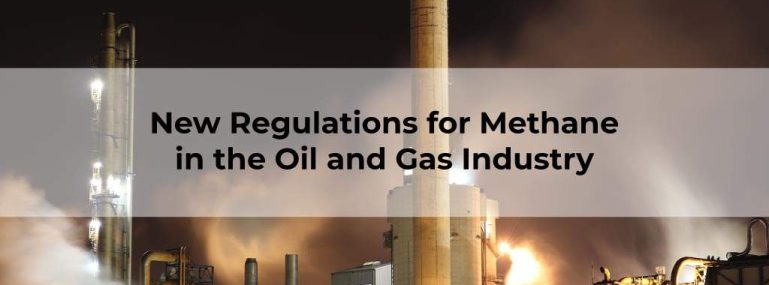In 2016, EPA introduced New Source Performance Standards (NSPS) for VOC and Methane emissions from the oil and gas sector. The NSPS regulate methane emissions from oil and gas facilities. It also regulates the upstream, midstream, and downstream operations of oil and gas companies. This is commonly known as Quad Oa. Methane has a relatively high efficacy to increase global warming (more than 25% compared to carbon dioxide), so in 2016 the EPA decided to separate methane regulation from regulations for carbon dioxide. Quad Oa’s are only applicable to sources added after the rule’s effective date and to sources modified after that date.
In accordance with President Biden’s directive, EPA must publish for notification and comment a proposed rule suspending, revising, or rescinding the technical Methane Rule by September 2021. As part of the order, EPA was also required to propose new regulations for establishing performance and emission standards for methane and volatile organic compound emissions from existing operations in the oil and gas sector. Therefore, the EPA will expedite methane regulation in the oil and gas industry, for existing and new sources.
There is explicit mention only of the technical Methane Rule that needs to be reviewed. EPA may also revise its Methane Rule policy, and the new policy will include sources like midstream, which are not covered by the current midstream policy.
In the context of the current administration-Biden’s administration-the regulation of GHG emissions from the oil and gas industry is a top priority in the context of the environment.
As of now, the existing Methane Rule covers only exiting upstream sources and new downstream sources; however, a potential new regulation would cover both exiting upstream sources and exiting midstream sources as well as new downstream sources and existing downstream sources.
A new rule will likely be released by the EPA in the coming months that would limit the emissions from the oil and gas industry. This rule will allow the oil and gas sector to file comments with the agency about their concerns within 30-60 days. For companies to reduce natural gas leakage, leak detection and repair programs (LDAR) should be developed and implemented. Leaks like these contribute to the production of VOCs. Implementing a strong monitoring program and fixing these leaks will also result in a reduction of methane emissions caused by the same leaks. For companies that currently have an LDAR program, they should evaluate the scope, determine gaps, and estimate potential costs associated with extending coverage in advance of an EPA proposal.
It is important for the oil and gas industry to understand that reducing emissions is vital to its social license. EPA estimates that the final rule will be released in October 2022.





